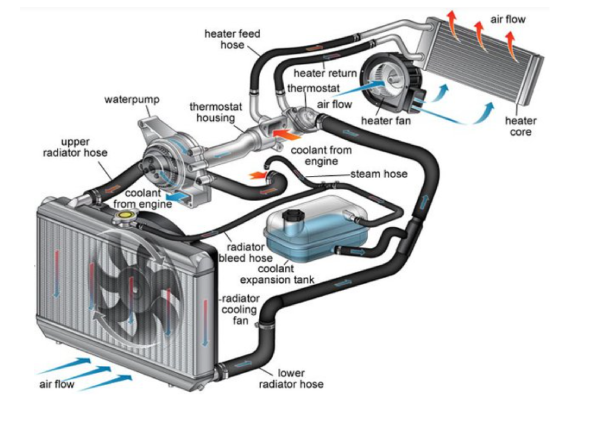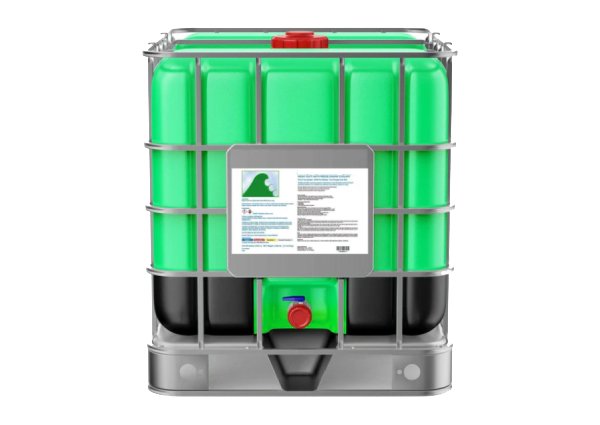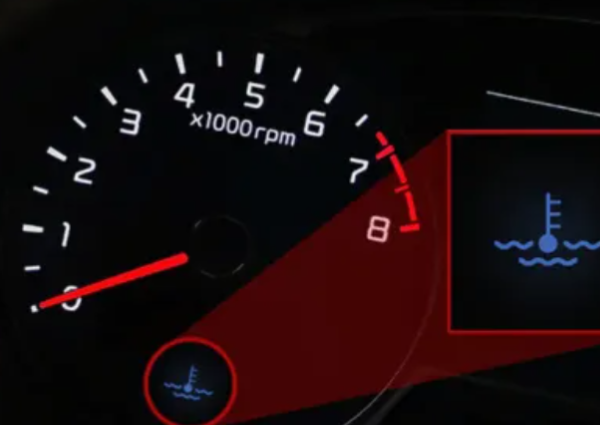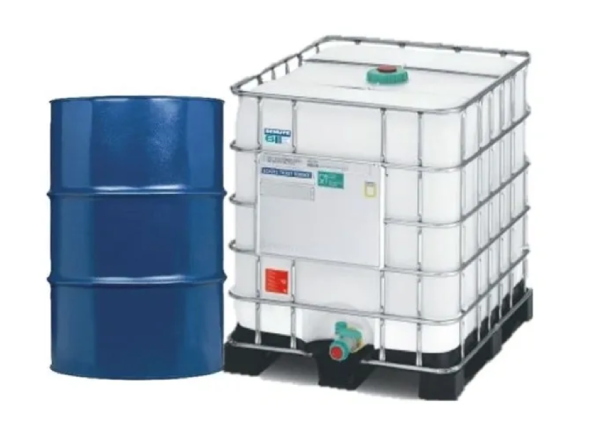
What is Technisch Rennen Engine Coolant
Engine coolant, also known as antifreeze coolant, protects engines from overheating. Coolant also lubricates the moving parts it comes into contact with, which protects damage to the water pump, head gasket, the cylinder and piston timing. Coolant transfers heat and adds antifreeze protection to an engine, so your engine can stay running in optimal condition.
Internal combustion engines create energy by burning fuel. Part of this energy is harnessed by the engine and is used to move the engine and remaining energy is converted into heat.
Average combustion temperatures are close to 2,000°F and, in some instances, may reach as high as 4,500°F. Aluminum components melt at about 1,225°F.
A considerable amount of engine failures are related in some way to engine cooling problems. To protect the engine and to keep it running at the ideal temperature, engine coolant is used.
How Technisch Rennen Coolant made of ?
Technisch Rennen is an ISO 9001:2016 certified engine coolant manufacturer in India since 2017. It is first in Vidharbha region and centrally located in India. Our Hybrid organic acid technology (HOAT) coolant is produced by using completely automated blending system and three stage filtration system which adhered with J814_202305 quality standards. Ensuring that you can be 100% sure with a high quality product that complies with the requirements laid down by OEM's and government regulations. HOAT is a popular coolant used in a majority of new vehicles.


How often should you change engine coolant ?
It depends on your vehicle. As with all other fluids that an engine requires to provide reliable service, coolant or antifreeze needs to be maintained and changed based on the manufacturer’s recommendations. Depending on your vehicle, you may need a coolant designed for high-mileage cars, one that’s formulated for specific manufacturers or one with specialized additives.
It’s important to drain out the coolant and refill the system, because the process removes rust particles and dirt that can clog up the cooling system. If you notice the coolant has foreign objects floating in it or looks rusty or colorless, it should be flushed and refilled.
Problems with wrong coolant
The wrong coolant can lead to component damage and corrosion, which can negatively impact a vehicle long-term. The effects are sometimes latent, meaning it can be a year before plugging, deposits and corrosion damage causes a problem. Common coolants consist of a mixture of ethylene glycol with additive packages and some water but water presents other challenges. It forms rust on iron engine parts. The rust is then carried off to other cooling areas. The resulting corrosion interferes with heat transfer even before the build-up plugs the radiator and fills the cooling system with sediment.
A malfunctioning coolant system can cause a radiator to be badly corroded or full of plugging internal deposits. People might think a radiator failed, when really the incorrect coolant was used.


Types of old coolant available in market
Inorganic Acid Technology Coolant
Inorganic acid technology (IAT) coolant is the conventional coolant that was used on older vehicles for many years. This type of coolant needs to be changed more frequently because it tends to lose its qualities faster. This coolant can come in either a green or yellow color.
Organic Acid Technology Coolant
There are several brands of organic acid technology (OAT) coolant. They are available in several different colors, ranging from dark green and orange, to pink and blue.
